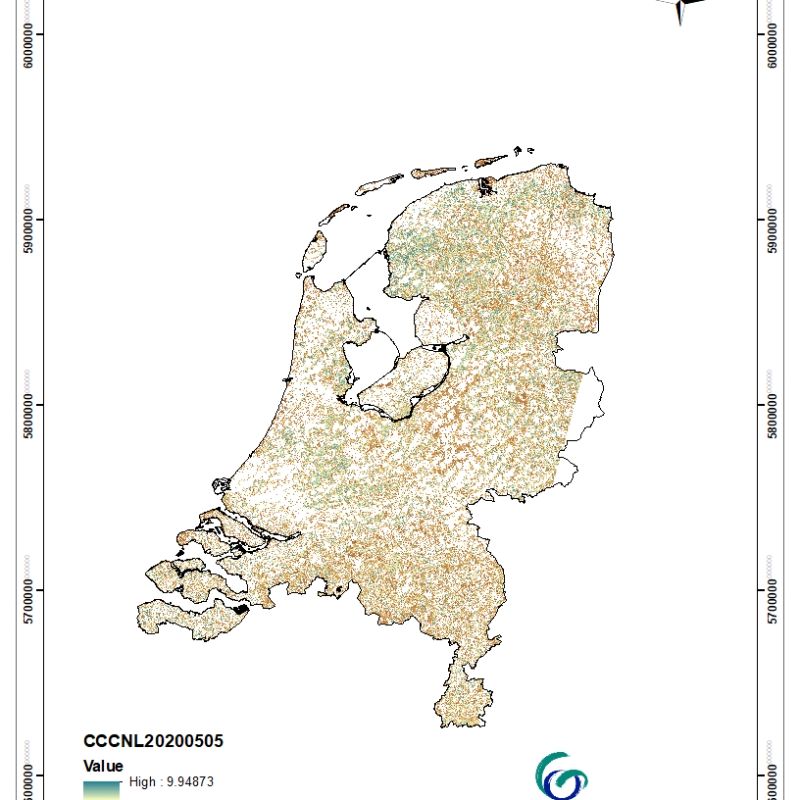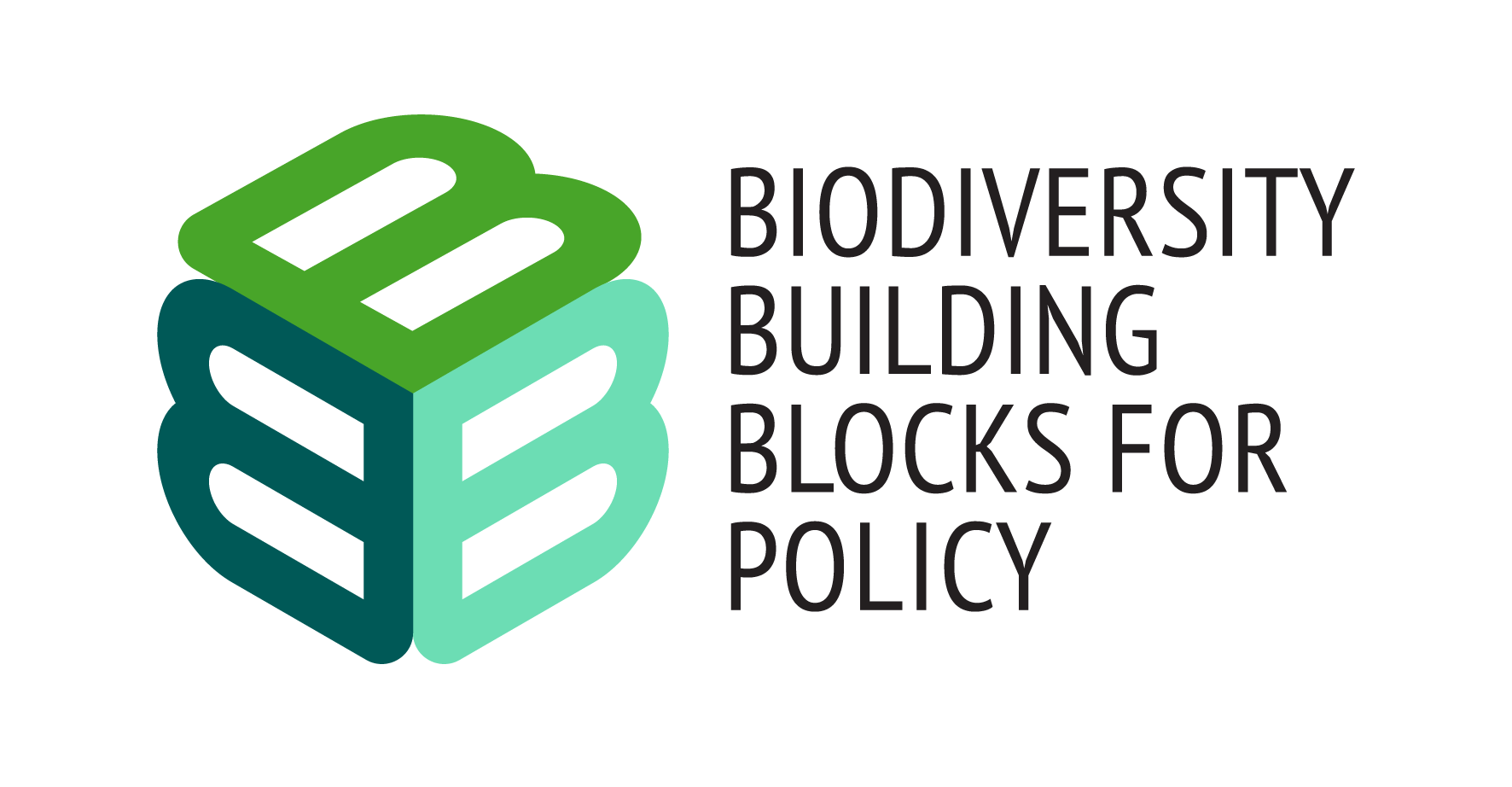You are viewing Version 2, the most recent version of this dataset.
2 version(s) available
Date of publication: July 18, 2023
Version 2
Date of publication: July 18, 2023
Type of change: Metadata
Description: Update of description, adding some new scenarios.

Canopy Chlorophyll Content for the Netherlands
by Elnaz NeinavazThe canopy chlorophyll content for the Netherlands at 10 meters resolution on monthly basis for the year 2020. Dataset generated under Showcase. 4, pilot 4.3 myVARIABLE of the e-shape project. Canopy Chlorophyll Content (CCC) is the total amount of chlorophyll a and b pigments in a contiguous group of plants per unit ground area often expressed in mg/m2 (Gitelson et al., 2005). It is a product of leaf chlorophyll content (i.e., the chlorophyll co ...(continue reading)
DOI 10.25829/zgc464Citation
Neinavaz, E., Nieuwenhuis, W. (2023). Canopy Chlorophyll Content for the Netherlands (Version 2) [Dataset]. German Centre for Integrative Biodiversity Research. https://doi.org/10.25829/zgc464Canopy Chlorophyll ContentSentinel-2Netherlandse-shapeRemote Sensing-EBVs
| Entities |
|---|
| Vegetation |



